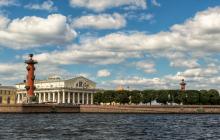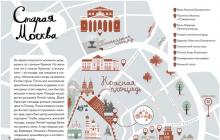On January 27, St. Petersburg celebrates the Day of the complete lifting of the blockade of Leningrad. Therefore, our excursion today will be dedicated to the feat of the defenders of the city. We will travel with you along the Green Belt of Glory, a complex of memorials created in the 60s on the lines of defense.
We will not cover the entire belt in one excursion, especially since some of the monuments related to it are located in Oranienbaum. We can say that the belt consists of three parts: the Big Ring, the Road of Life and the Small Earth or the Oranienbaum bridgehead. I managed to find on the net an excellent map with the designation of monuments. There are many maps, this one seemed to me the most descriptive, thanks to an unknown author.
You can view the map in large size by clicking on it with the mouse.
Today we will go along the Big Ring along the Neva.
The first monument that we will visit: "Nameless Height" on the right bank of the Neva, in the Vsevolozhsk region at the Ivanovskie rapids, where the river makes a turn. It was erected by one of the first, practically by popular forces, in 1965-1968. It is a man-made embankment with a height of 20 meters in the shape of a pyramid.
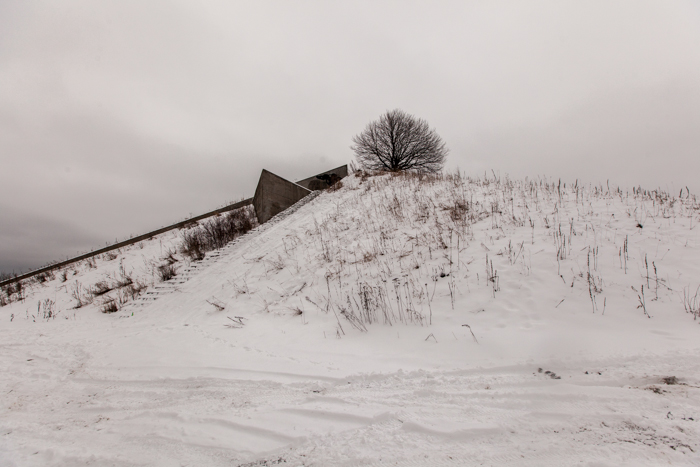
In the fall of 1941, after the capture of Shlisselburg, the Neva from the mouth of Tosna to Ladoga became the front line dividing Soviet and enemy troops. The Germans tried to get to the right bank by any force, but the soldiers of the 1st Infantry Division under the command of Colonel S.I.Donskov and the 115th Infantry Division of Major General V.F.
There are observation platforms at the top of the monument. On the opposite side you can see the mouth of the Tosna River.
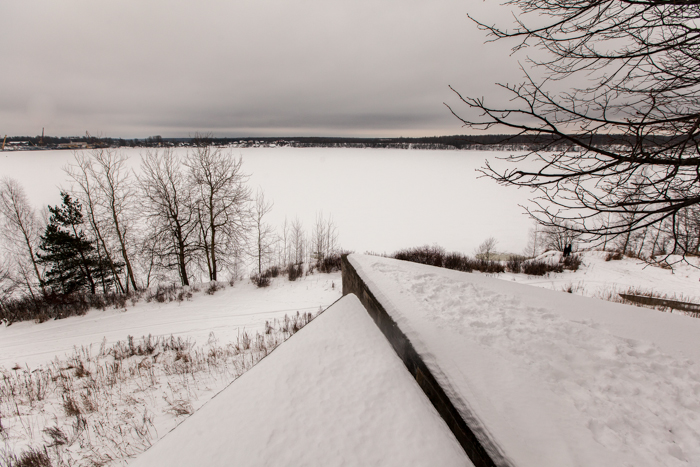
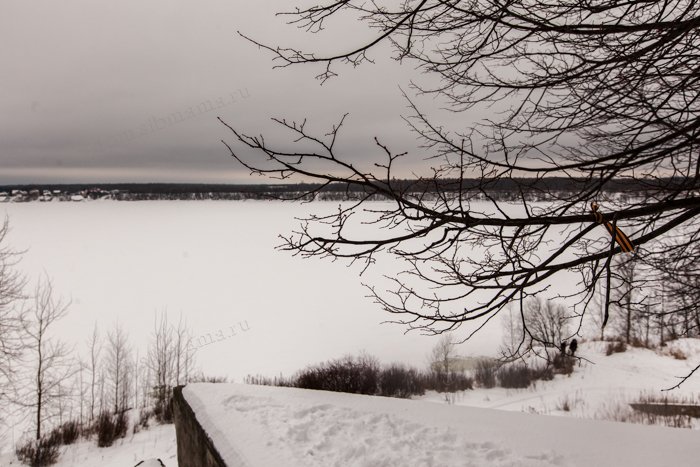
Unfortunately, you can drive to the monument either in winter, when a good snow path is established, or in summer, in very dry weather, and better by an off-road vehicle. There is no normal road to it. Previously, all the monuments of the Belt of Glory had chiefs represented by the industrial enterprises of the city, but with the collapse of the Union, the chiefs disappeared, and the monuments were not supported by anyone for a very long time. Only recently they were transferred to the regional department, otherwise, in fact, they were not on the balance sheet of anyone.
At the top of the pyramid there is a bronze tree and commemorative inscriptions.
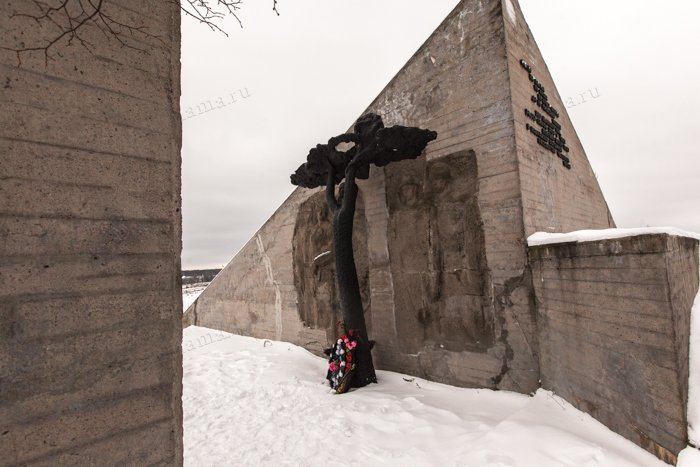
The letters of the inscriptions were originally bronze and you yourself understand what happened to them ... Now they have restored them in this version.
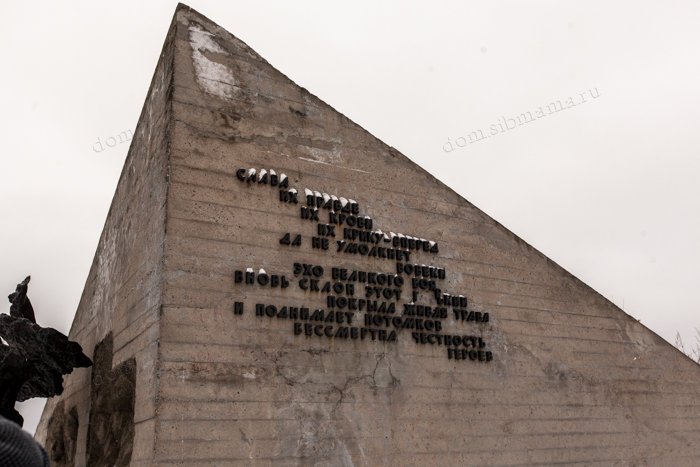
There is a legend about the name. At first, the following variants of names were sorted out: "Hill of Glory", "Pyramid of Victory", "Anthem of Life". But when the construction was finished, one elderly worker, a war veteran, said: "Well, it seems our nameless height is ready."
Below, on the banks of the river, it was supposed to make a memorial grove, but everything was limited to planting a row of pines. The relief obtained after the battles is also thoughtfully left: trenches, craters.
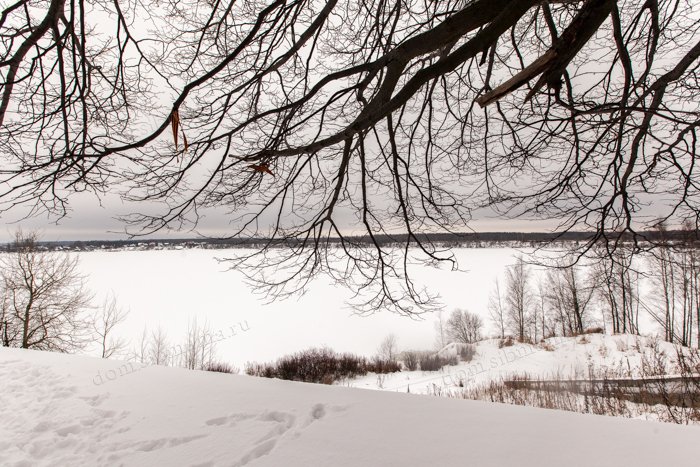
We will not pass all the monuments of the Big Ring with you today, we will not be able to do this in one day. We'll visit a few only.
The most famous of all, perhaps, is the Diorama "Breaking the Siege of Leningrad" with an exhibition of military equipment near it.
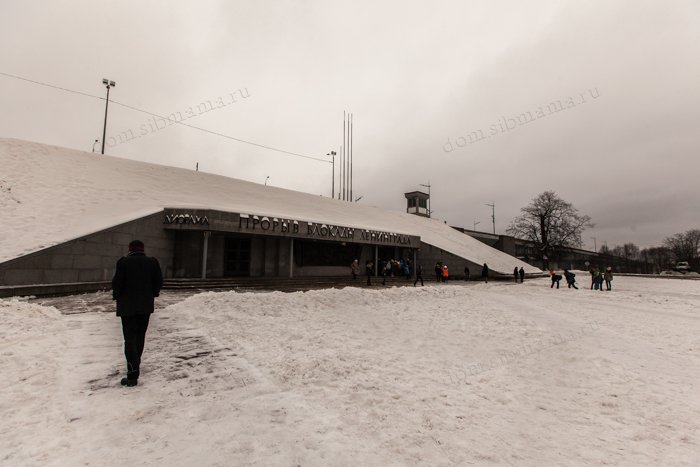
The diorama is dedicated to Operation Iskra, which ended with the breaking of the blockade and the restoration of land communications in Leningrad. It was opened on May 7, 1985.
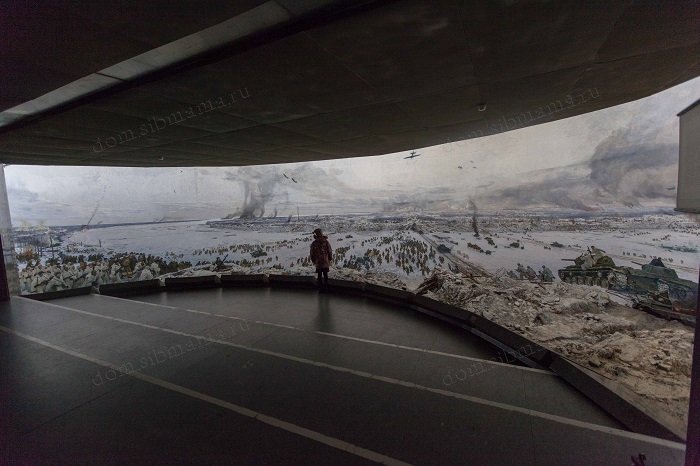
A picturesque canvas measuring 40 x 8 meters tells about the seven-day battles of Operation Iskra in January 1943.
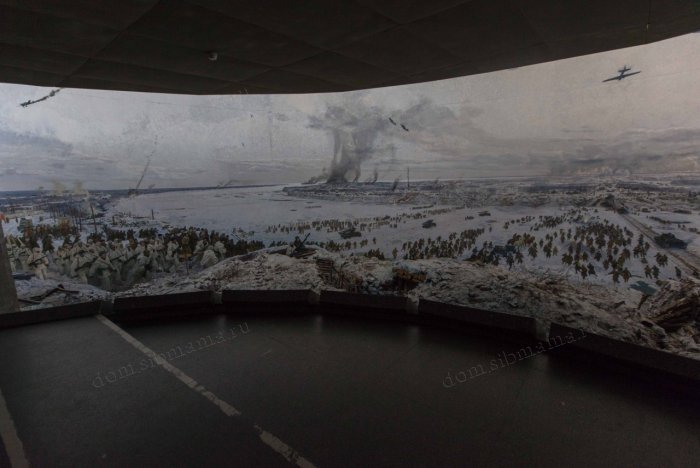
Close-up shows the crossing of the Neva and the meeting of the Leningrad and Volkhov fronts. Real reinforcements have been made in front of the canvas, and they imperceptibly pass into the drawing.
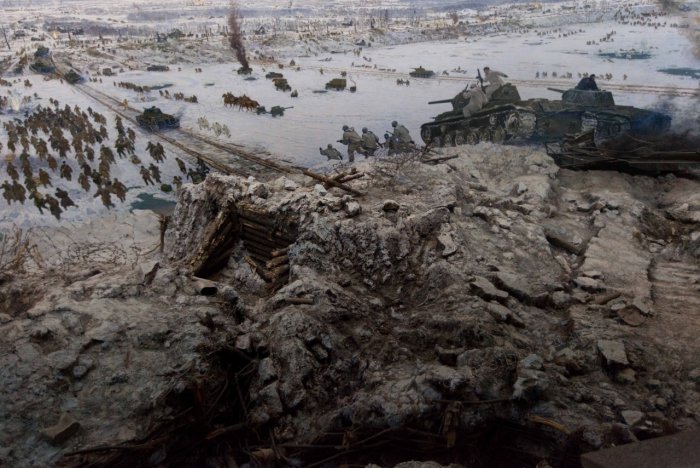
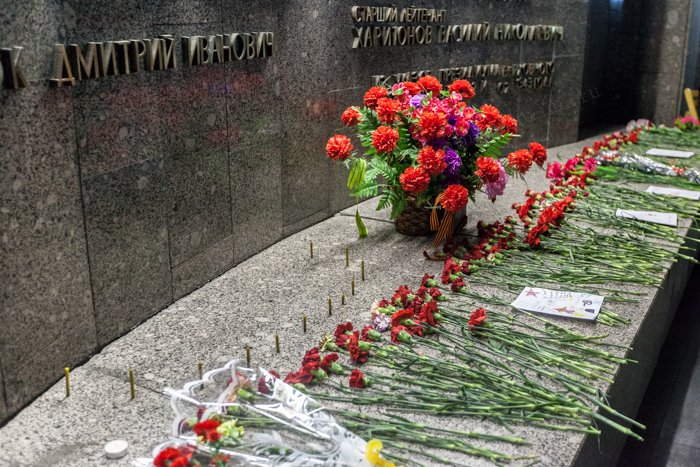
In front of the diorama there is an exhibition of tanks from the times of the war, mainly those that could have taken part in the battles on the Leningrad front.
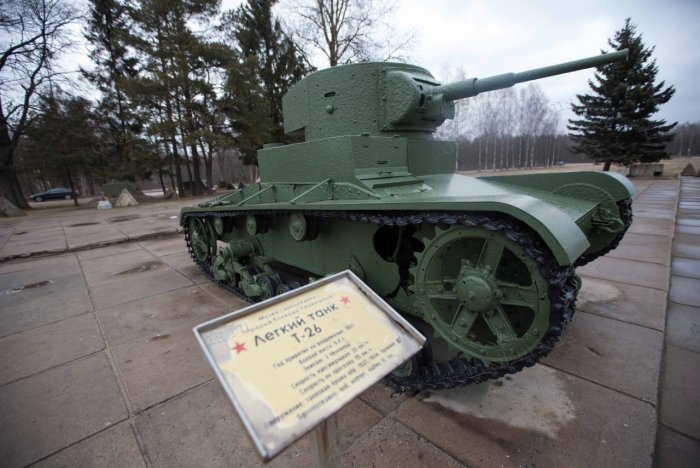
Only one tank is presented in duplicate, the KV-1, one of the usual green color, the other white. They say that the white tank will probably be replaced with the KV-2, since the latter has already been found in the swamps, it remains to be raised. The KV-2 weighs about 60 tons, and lifting it is not easy.
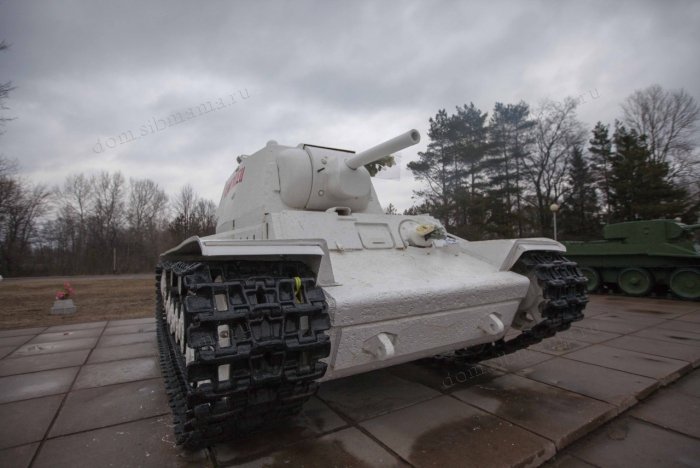
If you happen to be near the Diorama, do not be too lazy to get to the city of Kirovsk and visit the Exhibition Hall of the Museum, where the "Breakthrough" panorama is now organized. Not to be confused with a diorama. In the exhibition hall of the Museum-Reserve "Breaking the Siege of Leningrad" one of the stages of the battle to break the blockade of Leningrad is recreated - the offensive of the soldiers of the 45th Guards Division from the bridgehead "Nevsky Pyatachok" to the German defensive lines. The whole picture of the battle, thanks to mannequins, soundtrack and special lighting, is embodied as realistically as possible.
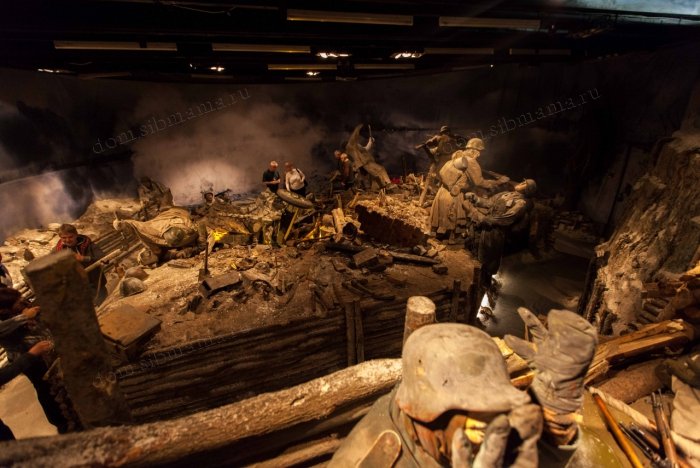
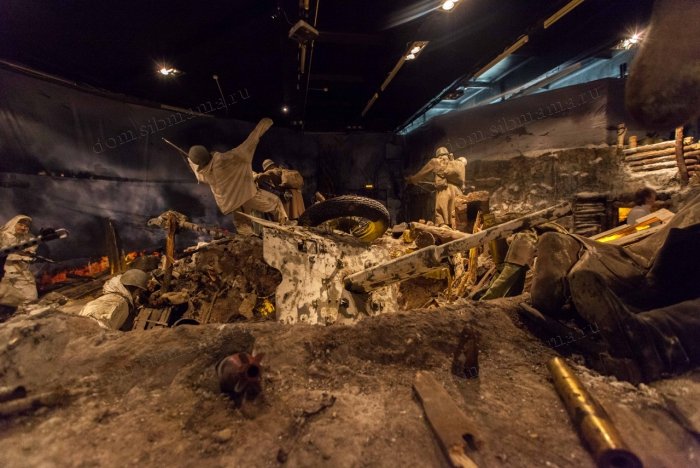
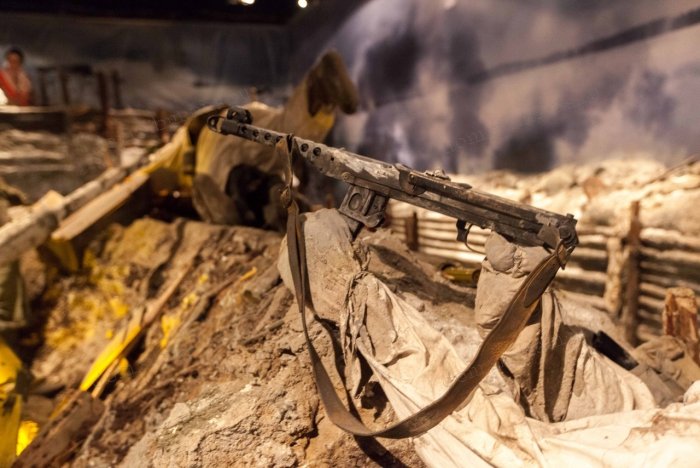
Surely many of you have heard the phrase "Sinyavinskie heights". The Leningrad Region is as flat as a tablecloth, what are the heights? However, the height of about 50 meters is formed by the old bank of Ladoga. From here the Germans fired artillery along the Road of Life. The fighting continued here throughout the blockade. In January 1944, the Sinyavinsky heights were completely liberated from the German fascist invaders. But how many of our military units were killed there completely ...
Sinyavinskoye Memorial Cemetery.
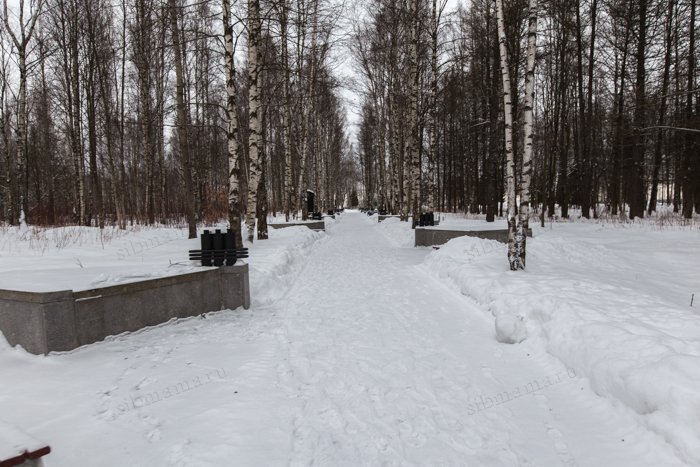
Wall of memory.
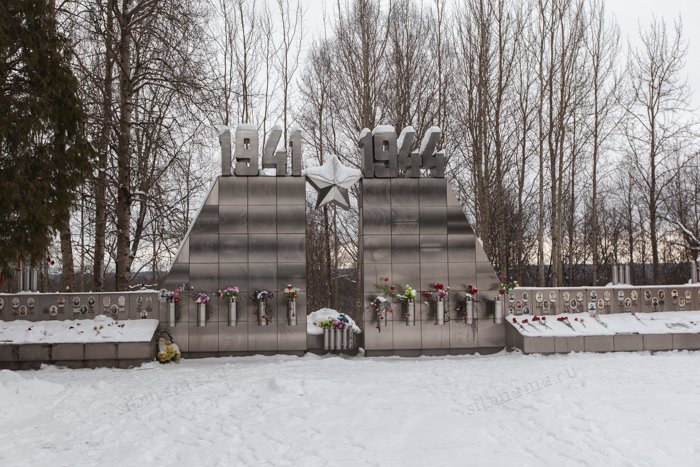
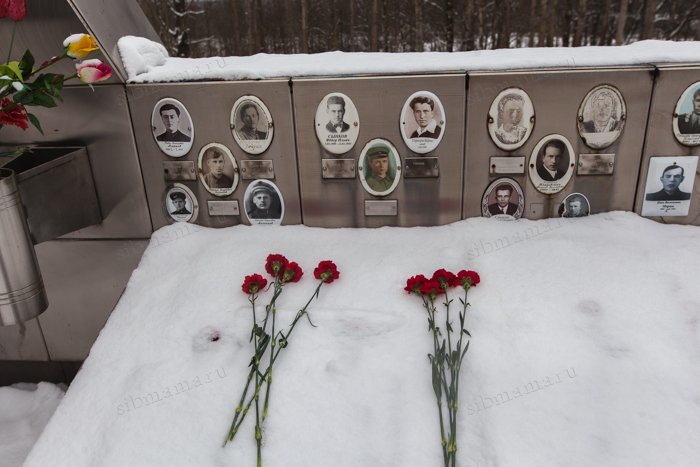
On this, not central, alley of the city and the republic of the entire former Soviet Union, plaques are erected in memory of their victims at the Sinyavinsky Heights. I saw monuments from Vologda, Dagestan, Kyrgyzstan, Azerbaijan, Armenia and many others. This is already modern, it seems to me.
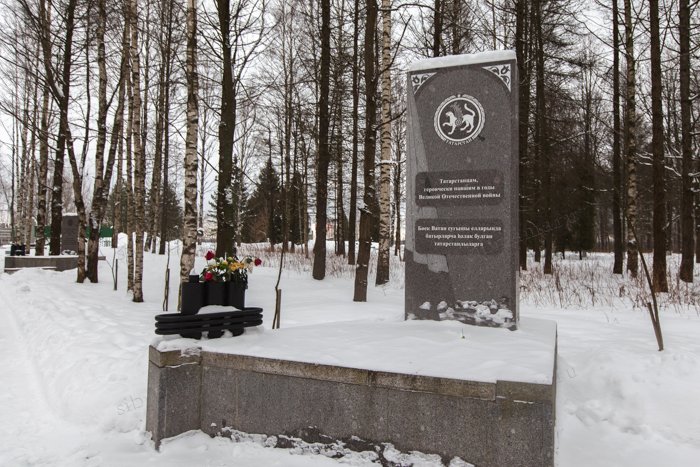
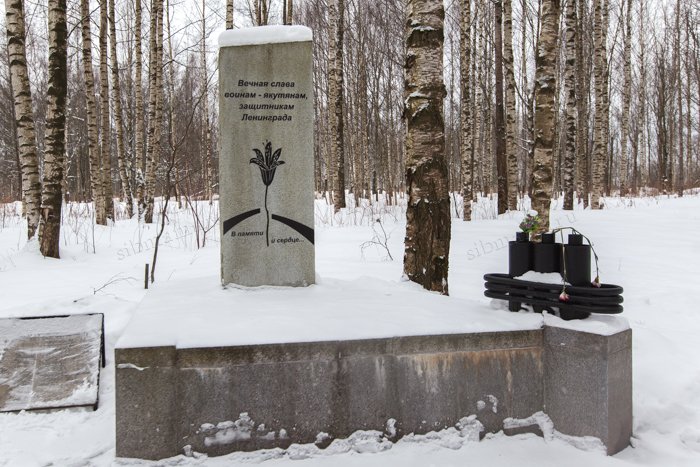
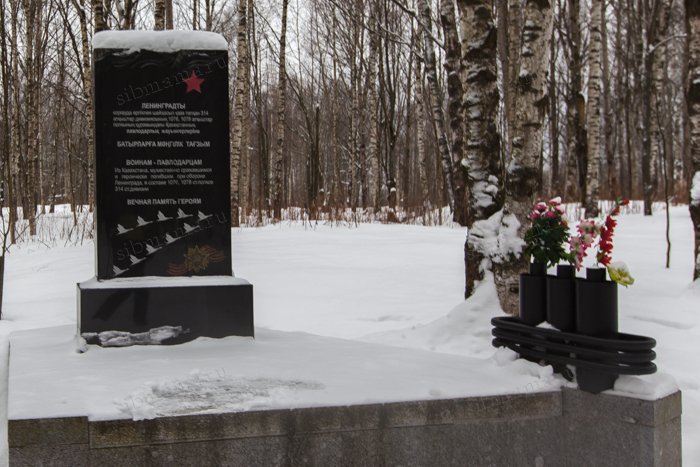
Here they are, those same 50 m in height.
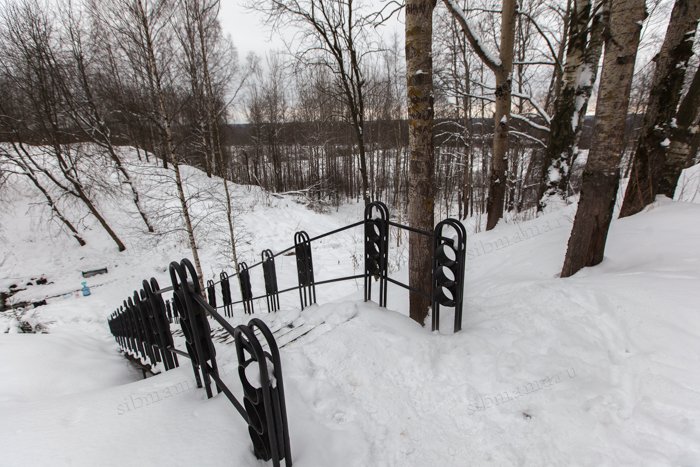
And on this place before the war there was a large prosperous village.
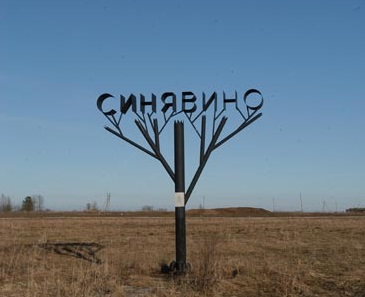
photo from open sources
"Nevsky Piglet". The coast is 300 meters wide and 100 meters deep. 12-16 attacks daily. 50 thousand mines, shells and bombs per day. Nobody backed down.
As for the monument, it is of a later time than the "Nameless Height" and is already completely different in style. 1972, the war is already going further, the fighters are already portrayed as some abstract people with courageous chins, although, of course, ordinary guys fought and died here.
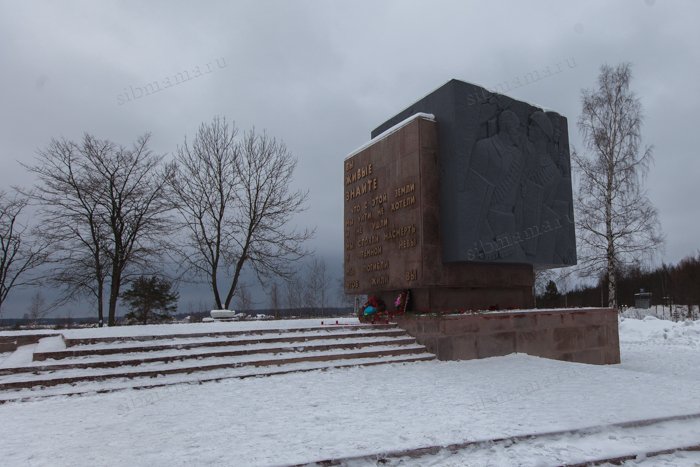
In 1985, the “Ghost House” monument appeared as a symbol of 38 villages and villages that were completely destroyed during the war on the territory of the modern Kirovsky district.
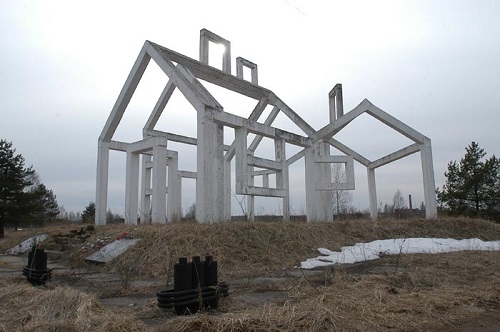
Photo from the site of the Museum-Reserve "Breaking the Siege of Leningrad"
I will end today's reportage with poems by Olga Bergolts, a blockade poet.
Army
They will tell me - Army ... I will remember the day - in winter,
January day of the forty-second year.
My friend was walking home with the children -
they carried bottled water from the river.
Their path was terrible, though not far.
And a man in an overcoat came up to them,
looked - and took out his bread ration,
three hundred grams, all icy,
and broke, and gave to strangers to children,
and stood while they ate.
And mother with a gray hand, like smoke,
touched the sleeve of her greatcoat.
I touched it without brightening my face ...
The world of movement has never seen more grateful!
We knew everything about the life of our armies,
standing with us in the city, in the ring.
...They separated. Mother went to the right
fighter forward - on the snow and on the ice.
He went to the front, beyond the Narva outpost,
swinging from hunger on the go.


